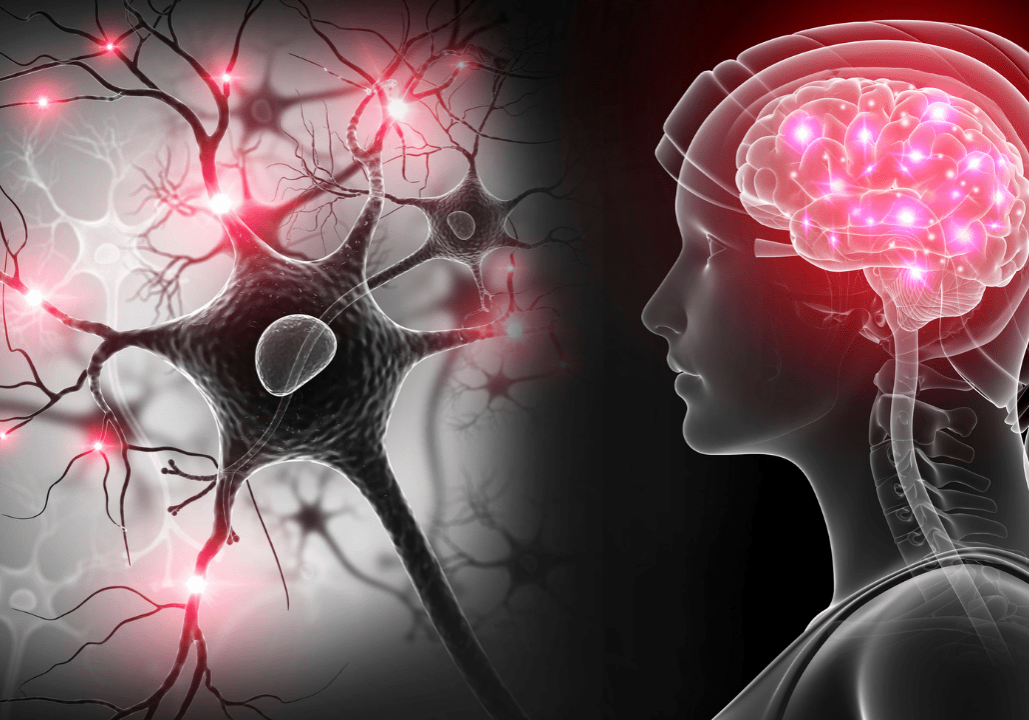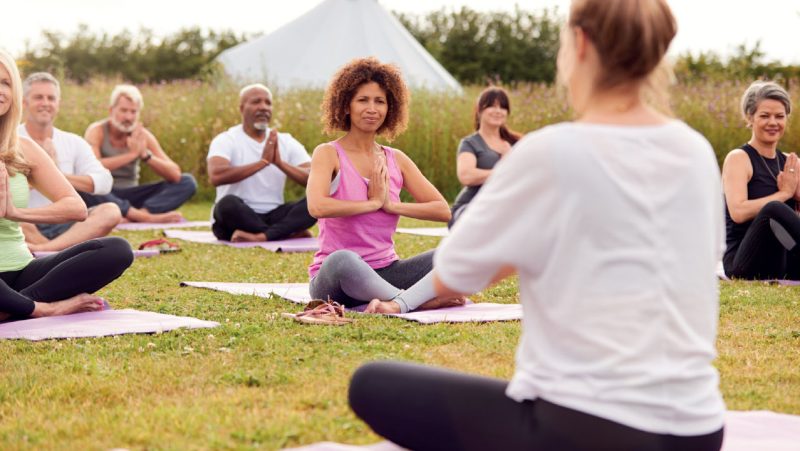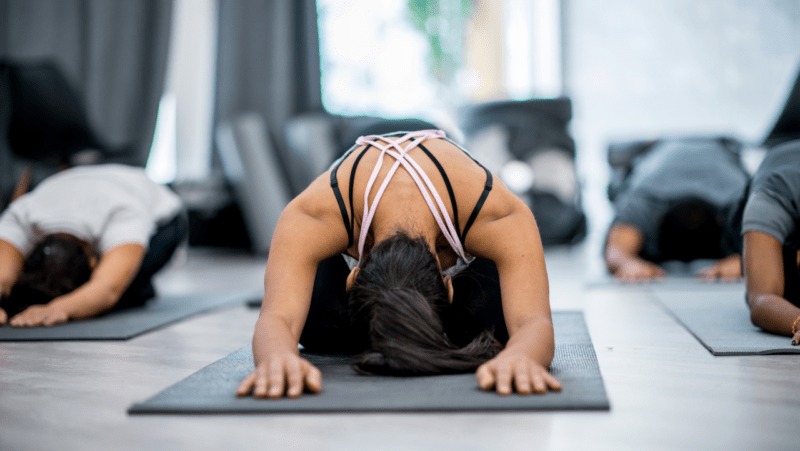
Yoga and the Polyvagal Connection
For thousands of years, the practice of yoga has offered our nervous system a means to heal, balance, and thrive. By Marisa Atha
For millennia, we’ve known yoga as a practice that yokes the body, mind, and soul, leaving the practitioner a more whole, more fully functioning being; now we have the science to understand why.
In his book, The Body Keeps the Score: Brain, Mind, and Body in the Healing of Trauma, Bessel van der Kolk says, “We can directly train our arousal system by the way we breathe, chant, and move…. Ten weeks of yoga practice markedly reduced the PTSD symptoms of patients who had failed to respond to any medication or any other treatment.” Stephen Porges’ Polyvagal Theory provides an insight to this relationship between yogic principles and healing.
The Autonomic Nervous System is divided into two parts — the Sympathetic Nervous System, supporting mobilisation, and the Parasympathetic, supporting immobilisation. The vagus nerve, or tenth cranial nerve, branches and wanders, running all the way from our brain to our gut. In her course, Applied Polyvagal Theory in Yoga, Arielle Schwartz explains that when all is going well, and we are in a mindset of safety, we can move through blended states: the Ventral Vagal Circuit (VVC) partnered with the Sympathetic Nervous System (SNS), or the VVC partnered with the Dorsal Vagal Circuit (DVC). In the former, we mobilise with play, curiosity, joy, and excitement; in the latter, we rest, digest, relax, renew, and experience spirituality. Yoga offers us an incredible balance of these states, yin and yang in graceful tandem as we journey through the flow of practice.
Asanas are intended to challenge the physical body, placing stress upon the muscles and fascia, and on the mind itself. Holding a difficult or uncomfortable pose, we explore our edges, defining and redefining our window of tolerance amidst a stressor. Throughout practice, we use consistent, conscious breath as a tool to focus the mind and to ease the nervous system. As we breathe, hold, and move, we investigate physical sensations, limitations and growth, outer shape in relationship to inner experience. Yoga does not demand we look a certain way; rather, yoga presents an opportunity to curiously peer through the lens of physicality as a means of healing and strengthening the body at its very roots of interconnection, the nervous system.
According to Schwartz, the repetitive motions of sun salutations and other postural changes, conscious breathing, humming and chanting, fascia release, balancing poses, heart opening, and rejuvenating poses and practices such as savasana and yoga nidra enhance our Heart Rate Variability, which in turn improves our vagal tone and vagal efficiency. The more efficient our vagal nerve complex, the more resilient, healthy, and adaptive we become — body, mind, and spirit.
A typical yoga class is sequenced in an order that stimulates and nourishes the nervous system. The opening grounding, warm-up, and chanting provide an opportunity to settle into space and time, the body and mind opening to an environment of safety in which to explore. As the practice picks up, moving through salutations, vinyasa flows, and standing and balancing poses, the sympathetic nervous system begins to engage, continually checking in to monitor stress versus safety, discomfort versus pain. Each breath itself is a microcosm of the overall nervous system working to balance sympathetic versus parasympathetic, arousal versus relaxation. With each inhale, the heart rate increases, then decreases on the exhale. As the class reaches its peak pose and the body and mind are stressed to a climax, the nervous system grapples with this information and adjusts towards growth and resilience. The cool down and, finally, savasana are gifts to the nervous system, the Ventral Vagal and Dorsal Vagal Circuits finding balance, providing rest and nourishment. Rising from a period of savasana can feel like a small rebirth, so renewed we have become following the effort of class and the denouement of such deep restoration
As van der Kolk explains, trauma is stored in the body. By moving, breathing, releasing, and integrating, we can move from disassociation to union, dysregulation to flourishment. For thousands of years, the practice of yoga has offered our nervous system a means to heal, balance, and thrive.





